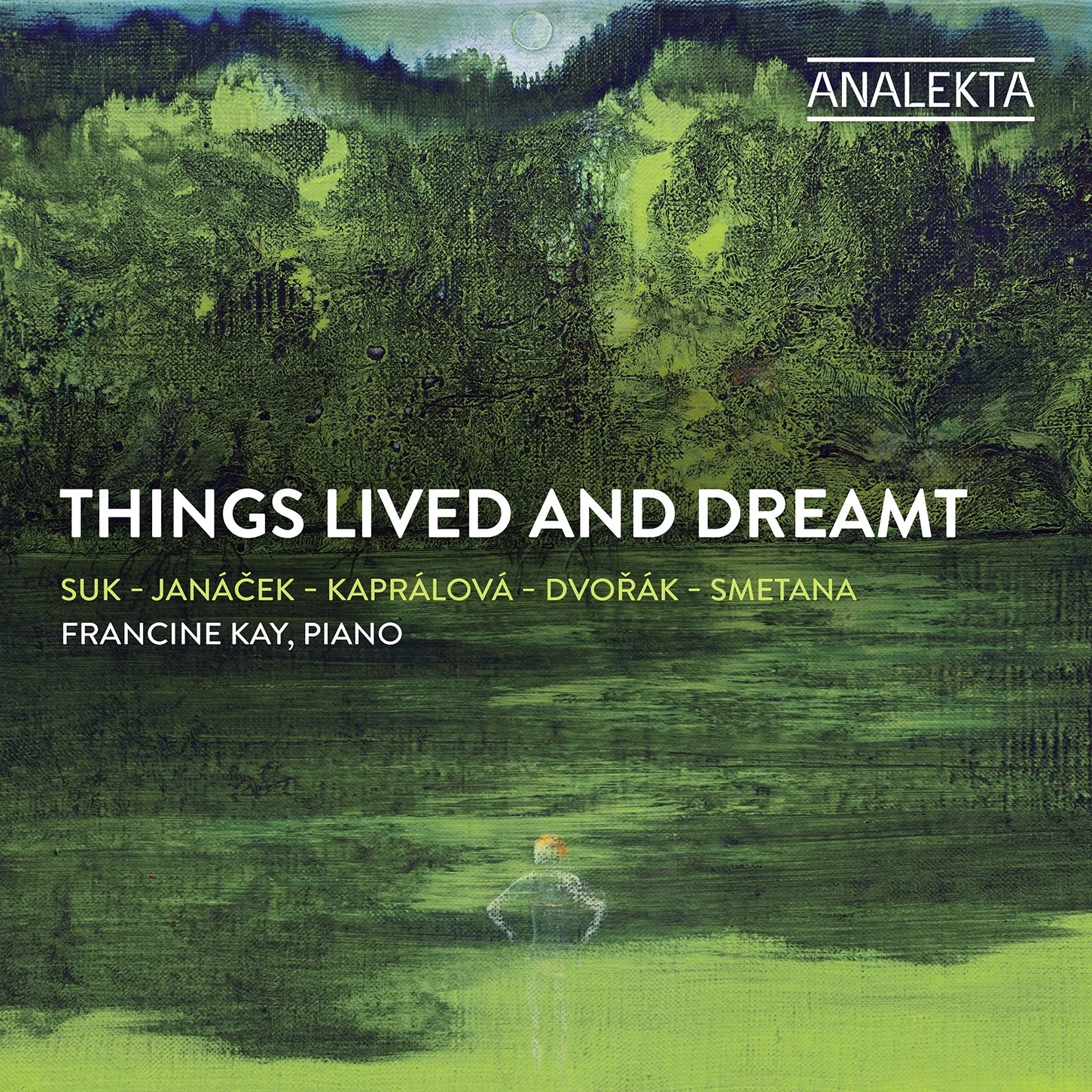On April 2-4, 2020, the Talea Ensemble performs Manos Tsangaris’ immersive and multidisciplinary work Love & Diversity at the Baruch Performing Arts Center. In this Insider Interview we spoke to Mr. Tsangaris about his work, the integration of theatre into his music and more. More info online at Baruch.cuny.edu
Love & Diversity and some of your other works are immersive, theatrical and multi-media experiences. What about your background in composition and other creative arts inspired you to work outside the “box” of concert music?
There are always different reasons for something like this, several reasons. But one is certain that our reality, our experience, has changed fundamentally. Music comes out of the loudspeakers or earphones, doesn't it? And today I can download or stream 5 million tracks anywhere. Already in the 1970s, I noticed this extreme decontextualization. The sound detached from the process of making it. So I re-contextualized. God, it all sounds so intellectual and academic. But it means we're being ripped out of our lives and catapulted into another, doesn't it? If only as a permanent soundtrack.
The other thing that is connected to this is the change of public, also of the political public. In the past we had to physically gather in the theatre, in concert, in political rallies. The public sphere was a cavity, in other words convex. Today it rather visits us. The smartphone is calling us. Our nervous system is flashing. The public functions have become tentacles, convex. And very active (look here, buy this, think like this and so!) That's why, because of our so radically changed perception of public life, I started very early to reverse the directional functions of a performance. There is only one person in the audience in a room that is not yet defined as a theatre space, but then an ensemble that plays live, blanketing this person with a kind of natural “surround sound” (appropriately quietly of course), completely redefines the space.
The first piece of this kind is from 1979, and after that I have written and directed such things again and again. But it is also the longing for a very precise, singular, quasi homeopathic practice, with the human being in the middle.
The term “Music Theater” is different than other art forms in which music is combined with theater – such as Opera or Musical Theater. What does the term mean to you?
It is the compositional approach to new formats that has become necessary. The word theater comes from theatron and means "that which makes visible", is perhaps the only instance with a laboratory function that can, for example, reinvent our realities, right?
Describe the plot, or narrative arc, in Love & Diversity?
Well, the drama, as so often, lies in the little things. Or in their sum. Love & Diversity is based on the setting of speed datings, a now-obsolete form of systematic dating, which was allegedly invented in Pete's Café in Beverley Hills in 1996. Some people sit behind the café tables and every 5 minutes they meet another new person, who changes from table to table. So after a few hours, many new potential partners have been seen and talked to. In Love & Diversity this is of course pointed and stylized. The musicians of the Talea-Ensemble sit individually behind the tables. The audience wanders from table to table in very small groups and is offered a solo performance each time. Thus the piece gradually adds up. "Would you like to have dinner with the bass player?" "Do you believe in love at first sight?" "Family"? "Are you rich?"
How did you come up with the dialogue in the piece?
See above: the longing for love and diversity, and the dispositive of speed dating - in the age of the Internet - a form of getting to know each other that is already obsolete again. But theatrically still relevant in any case.
Love & Diversity requires the instrumentalists to do so much more than simply play their instrument. How do you and/or the director coach them to recite lines, perform physical movements, and interact with individual audience members?
This is a very interesting point. Because such a theatrical situation (and this is what it is) is composed of different languages, or let's say linguistic levels. This is of course already apparent in the score, which is a mixture of musical notes, small drawings, verbal instructions, etc. All of this must of course be easily readable for the musicians/performers and must be implemented as quickly and easily as possible. A musician who has to speak, play and manipulate the light at his table at the same time will see the real challenge in exactly this combination. The whole thing then naturally merges into this one performance.
How have performances of Love & Diversity differed from one another? How much does the notation allow for individuality of each instrumentalist and of the director?
There is a substantial core of the work. If you play that which is written there, i.e. breathe life into it, the piece will always remain recognizable. Moreover, it lives very much from the different people and how they interpret it. But also, by the way, by the distinctiveness of the small audiences. One wonders how differently people can react to such an intimate artistic situation.
What do you hope audiences will get from their experiences at a performance of Love & Diversity?
One learns something about oneself as the interface of this performance. But not in a psychological sense, but by gradually forming the actual piece in my perception. I experience one small performance after the other. And I listen to the last one and the following one already before it. Only in me do these experiences accumulate. And I register very precisely how the performance and my "system" interact with my consciousness.





